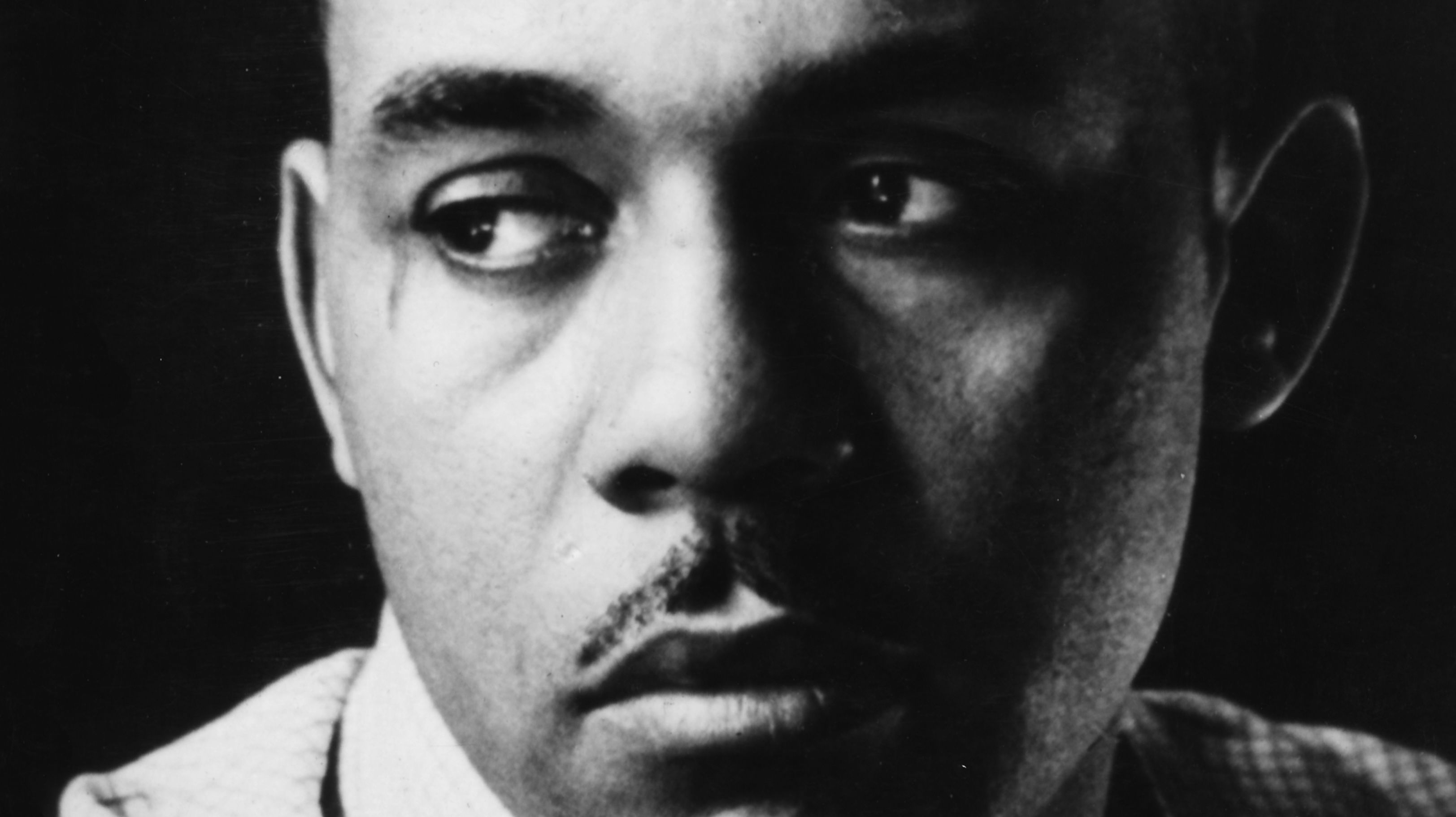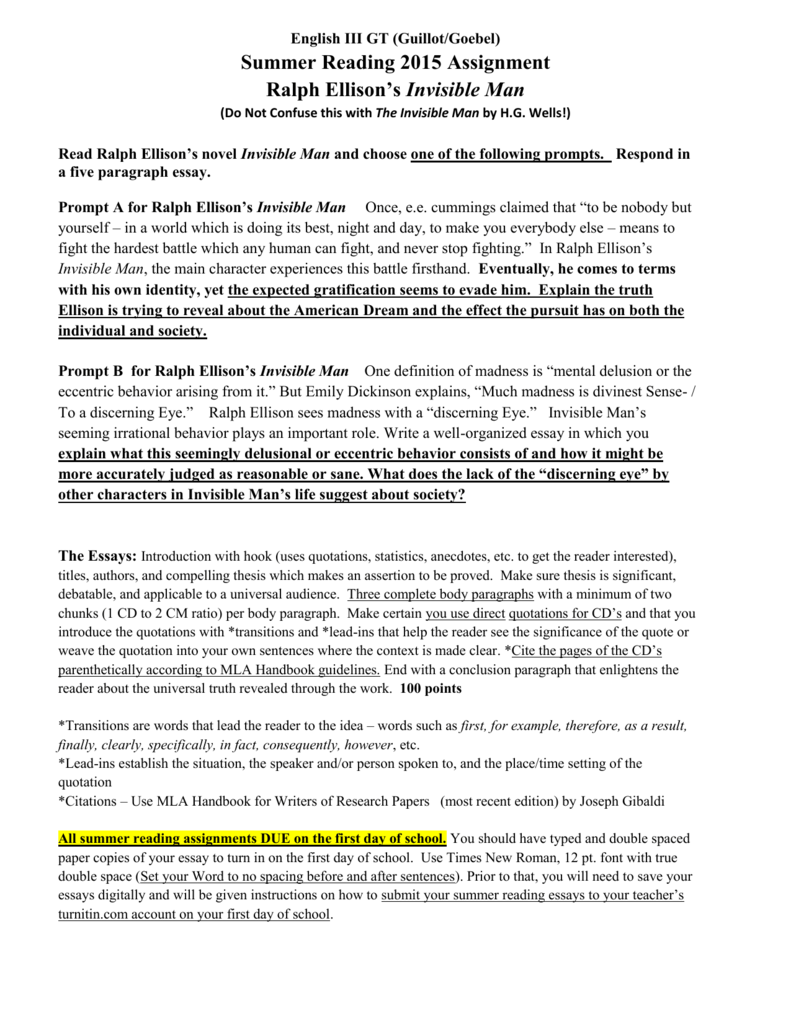

In an interview with Richard Kostelanetz, Ellison states that what he had learned from the poem was imagery and also improvisation techniques he had only before seen in jazz. It is a vicious distortion of Negro life."Įllison's "ancestors" included, among others, The Waste Land by T.

Howe, in "Black Boys and Native Sons", but also other black writers such as John Oliver Killens, who once denounced Invisible Man by saying: "The Negro people need Ralph Ellison's Invisible Man like we need a hole in the head or a stab in the back. Wright was, in this sense, a 'relative' Hemingway an 'ancestor'." It was this idea of "playing the field", so to speak, not being "all-in", that led to some of Ellison's more staunch critics. He says to Howe ".perhaps you will understand when I say that he did not influence me if I point out that while one can do nothing about choosing one's relatives, one can, as an artist, choose one's 'ancestors'. Ellison's resistance to being pigeonholed by his peers bubbled over into his statement to Irving Howe about what he deemed to be a relative vs.

Placing Invisible Man within the canon of either the Harlem Renaissance or the Black Arts Movement is difficult. In the opening paragraph to that essay Ellison poses three questions: "Why is it so often true that when critics confront the American as Negro they suddenly drop their advanced critical armament and revert with an air of confident superiority to quite primitive modes of analysis? Why is it that Sociology-oriented critics seem to rate literature so far below politics and ideology that they would rather kill a novel than modify their presumptions concerning a given reality which it seeks in its own terms to project? Finally, why is it that so many of those who would tell us the meaning of Negro life never bother to learn how varied it really is?" In the essay "The World and the Jug", which is a response to Irving Howe's essay "Black Boys and Native Sons", which "pit Ellison and Baldwin against Wright and then", as Ellison would say, "gives Wright the better argument", Ellison makes a fuller statement about the position he held about his book in the larger canon of work by an American who happens to be of African ancestry. The narrator in Invisible Man says, "I am not complaining, nor am I protesting either", signaling the break from the normal protest novel that Ellison held about his work.

Before Invisible Man, many (if not most) novels dealing with African Americans were written solely for social protest, notably, Native Son and Uncle Tom's Cabin. In his speech accepting the 1953 National Book Award, Ellison said that he considered the novel's chief significance to be its "experimental attitude". Ellison had published a section of the book in 1947, the famous "Battle Royal" scene, which had been shown to Cyril Connolly, the editor of Horizon magazine by Frank Taylor, one of Ellison's early supporters. Invisible Man was published as a whole in 1952. The book took five years to complete with one year off for what Ellison termed an "ill-conceived short novel". The barn was actually in the neighboring town of Fayston. Background Įllison says in his introduction to the 30th Anniversary Edition that he started to write what would eventually become Invisible Man in a barn in Waitsfield, Vermont, in the summer of 1945 while on sick leave from the Merchant Marine. According to The New York Times, Barack Obama modeled his 1995 memoir Dreams from My Father on Ellison's novel. Malcolm Bradbury and Richard Ruland recognize a black existentialist vision with a " Kafka-like absurdity". Time magazine included the novel in its 100 Best English-language Novels from 1923 to 2005 list, calling it "the quintessential American picaresque of the 20th century", rather than a "race novel, or even a bildungsroman". In 1998, the Modern Library ranked Invisible Man 19th on its list of the 100 best English-language novels of the 20th century. National Book Award for Fiction in 1953, making Ellison the first African-American writer to win the award. Washington, as well as issues of individuality and personal identity. It addresses many of the social and intellectual issues faced by African Americans in the early 20th century, including black nationalism, the relationship between black identity and Marxism, and the reformist racial policies of Booker T. Invisible Man is Ralph Ellison's first novel, published by Random House in 1952.


 0 kommentar(er)
0 kommentar(er)
